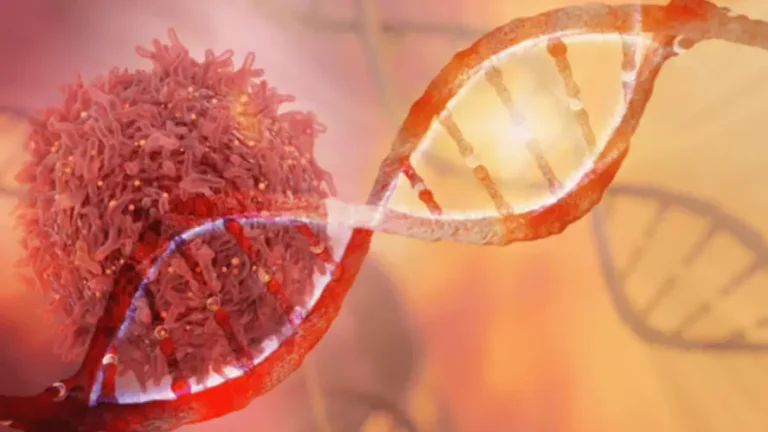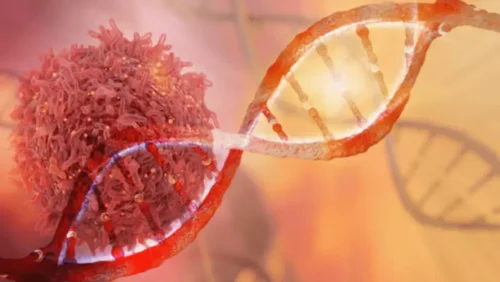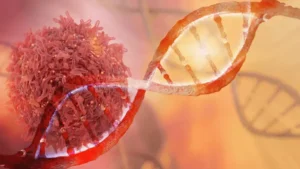Chưa được phân loại
Ketamine Addiction Signs, Symptoms, Treatment & Recovery

Ketamine should only be used in a controlled medical setting where doctors can supervise use and lower the risk of abuse, dependence, and complications like choking and stopped breathing. People who obtain ketamine from the streets may be at high risk for an overdose, since dealers may mix or cut the drug with other deadlier substances like the opioid fentanyl. However, those who are unknowingly exposed to ketamine by itself in a club or recreational setting are unlikely to develop problems with dependence and addiction.
- And thousands of miles away, among ordinary young people in UK towns, ketamine – also known as special K, vitamin K, or kit kat – has also become fashionable.
- Explore detox programs and rehabilitation centers, like Westwind Recovery®, that provide the tools and support needed to address both physical and psychological aspects of addiction.
- Most detox programs use a cold turkey approach, but this is recommended in a medically supervised setting due to the unpredictable nature of the withdrawal symptoms.
- If you have a loved one who’s struggling with addiction, staging an intervention is often the first necessary step towards sobriety, but it’s important to be strategic and loving in your approach.
Ketamine Usage Demographics in the U.S.
- Detoxification, also known as detox, is a process by which a person’s body is allowed to metabolize and eliminate drugs or toxins from their system.
- Ketamine, also known as “special K,” is a powerful anesthetic originally developed for use in surgery.
- This drug has been linked to conditions like depression, hysteria, memory loss, and high blood pressure in regular users.
- In 2023, researchers published the results of studies on ketamine abuse and mice.
If a person takes ketamine with other substances, at different doses, or on different occasions, the effects could be mild one day and severe the next time. The mental effects of ketamine addiction are diminished attention, memory loss, hallucinations, confusion, paranoia, and unease and anxiety. The other names of ketamine are K, Vitamin K, Special K, and cat tranquilizer. These street names reflect ketamine’s widespread illicit use, particularly for its hallucinogenic effects, which make users feel detached from reality.
Rehab and Treatment for Ketamine Misuse

Ketamine (often called “K,” “Special K,” or “Vitamin K”) is a potent dissociative anesthetic, meaning it provides feelings of detachment from one’s body. Commonly used in veterinary medicine, this drug has become common on the party scene among those seeking the detached high it provides. Spotting ketamine addiction early can make a significant difference in getting someone the help they need. Addiction often develops subtly, so being aware of key behavioral, physical, and psychological signs is crucial. Emotional instability is another sign to watch for, including mood swings, irritability, or signs of depression. If you see these behaviors in someone, it’s important to approach them with care and encourage seeking professional help.
Inpatient Rehab Treatment
- Ketamine significantly improved PTSD symptoms 24 h after the first infusion, with an average effect lasting 27.5 days and a higher response rate compared with midazolam (67% vs 20%).
- The WithYou charity is helping Lexi recover from dependence on the drug, but also trauma and self-harm.
- Regular counseling or therapy offers tools to manage cravings and emotional challenges, avoiding interactions with drug users and high-risk situations further reduces temptation.
Despite this, studies investigating the use of asthma in clinical practice are currently lacking. As described previously, ketamine use for induction and maintenance of anaesthesia is well established. However, it is not routinely used as a sedative for patients in the intensive care unit (ICU) undergoing mechanical ventilation. Given that ketamine acts on a wide range of receptors and cellular processes, interest has grown in novel and alternative applications of ketamine in a variety of clinical settings. Ketamine in this application has the additional benefits of few to no life-threatening adverse effects of accidental intravenous or intrathecal administration.

What are the Risks of Ketamine Addiction?
- However, providers should exercise caution when using haloperidol, as lowered seizure thresholds, QT prolongation, and torsades de pointes correlate with the prolonged use of haloperidol.
- Ketamine is a schedule III controlled substance that is approved for medical use as a general anesthetic in procedures in human medicine.
- Long-term ketamine users may develop a craving for the drug, leading to dependence and addiction.
- Because ketamine addiction is primarily psychological, the withdrawal symptoms mostly are too.
- Ketamine abuse can lead to paralysis and hyper-sedation, which can lead to slowed or stopped breathing.
Most detox programs use a cold Drug rehabilitation turkey approach, but this is recommended in a medically supervised setting due to the unpredictable nature of the withdrawal symptoms. There are medications that can help alleviate some of the withdrawal symptoms. Get professional help from an online addiction and mental health counselor from BetterHelp. If someone you care about uses ketamine, it’s important to know how to recognize a problem. Ketamine abuse can cause symptoms of depression, irritability, and insomnia.
Freshers Week guidance: Ketamine is not a “safe” drug

Because ketamine is consumed in liquid and powder form, or mixed in these forms with other stimulants—there is a high chance that a person using this drug has little to no idea of how much is being consumed. While users report feeling complete bliss on ketamine, consuming high amounts of this drug can produce effects similar to a near-death experience. For David Luery’s wife, Nick, she only needed seven ketamine treatments over the course of six months. Throughout the last 10 months of her life — she died in 2023 — she didn’t require any ketamine. Ketamine is not often used in the palliative care setting or even in hospice.

Your Addiction Doesn’t Have To Define Who You Are.
In 2014, Yan and Jiang109 reviewed preclinical and clinical data, suggesting the neurotoxic and neuroprotective effects of ketamine may depend on dose, exposure frequency, and the presence or absence of noxious stimuli. This ketamine addiction was highlighted by Brown and colleagues110 in 2015, who found that lower doses (5 mg kg−1) prevented apoptosis, whereas higher doses (20 mg kg−1) induced apoptosis. Ketamine has gained popularity as an anaesthetic agent owing to its favourable cardiovascular effects in haemodynamically compromised patients. Although, for most patients, ketamine is not highly addictive, it still does have addictive properties.

